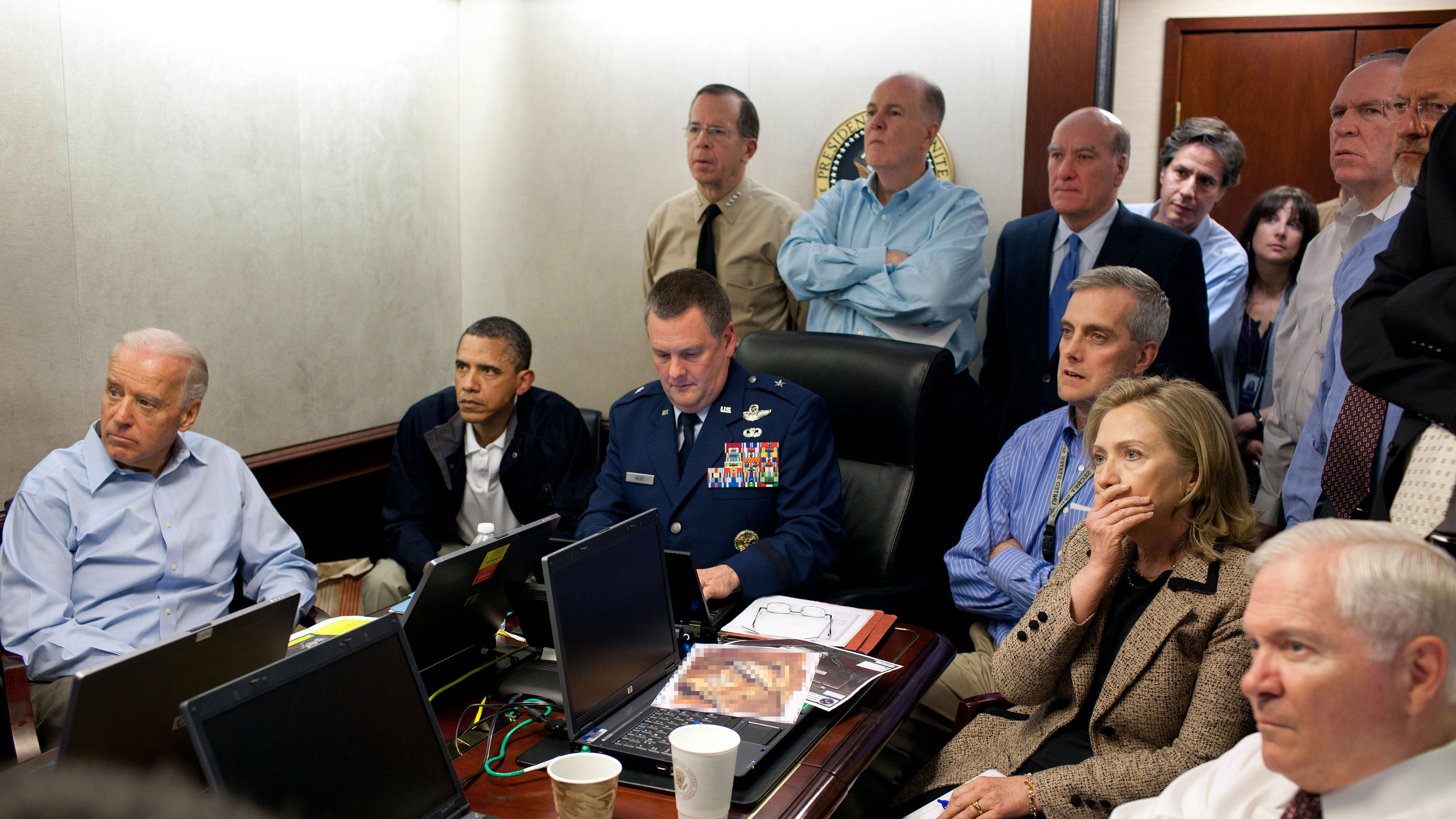Module 13: Foreign Policy
Section outline
-

The United States is one of the most powerful and influential players in the international system. The decisions that are made within the foreign policy realm impact not only the United States, but states around the world. As the world's largest economic and military power, the United States' position as hegemon determines the rules of the international system. In this module, you will examine how the USA interfaces with the international system, as well as what the different schools of thought within international relations are. This module will help place the United States into an international context of many different actors within the international system.
Image Attribution: Public Domain. U.S. Embassy in New Zealand Flickr account.Upon completion of this module, you will be able to:- Differentiate between Realism and Liberalism. (CLO 5)
- Explain the elements of the Foreign Policy Apparatus. (CLO 5)
- Explain how the foreign policy process works. (CLO 5)
To achieve these objectives:- Read Chapter 17 in Introduction to American Government. Including:
- Introduction to Foreign Policy (opens in new window)
- Defining Foreign Policy (opens in new window)
- Foreign Policy Instruments (opens in new window)
- Institutional Relations in Foreign Policy (opens in new window)
- Approaches to Foreign Policy (opens in new window)
- Chapter 17 Review (opens in new window)
Module Pressbooks Resources and Activities
You will find the following resources and activities in this module at the Pressbooks website. Click on the links below to access or complete each item.
- Differentiate between Realism and Liberalism. (CLO 5)
Background Colour
Font Face
Font Kerning
Font Size
Image Visibility
Letter Spacing
Line Height
Link Highlight
Text Colour
